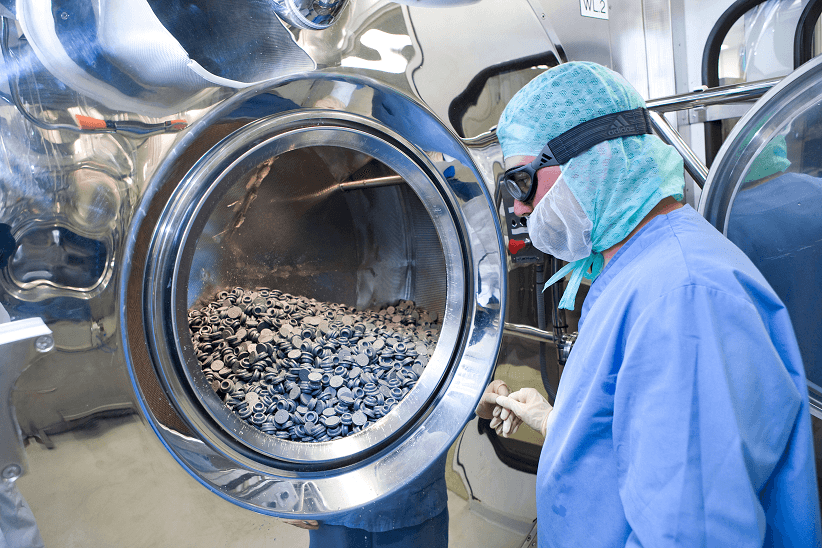Process validation is defined as the collection and evaluation of data, from the process design stage throughout production, which establishes scientific evidence that a process is capable of consistently delivering quality products. Process validation is a requirement of current Good Manufacturing Practices (GMPs) for finished pharmaceuticals (21CFR 211) and of the GMP regulations for medical devices (21 CFR 820) and therefore applies to the manufacture of both drug products and medical devices.
Process validation involves a series of activities taking place over the lifecycle of the product and process.
The U.S. Food and Drug Administration (FDA) has proposed guidelines with the following definition for process validation: – “PROCESS VALIDATION” is establishing documented evidence which provides a high degree of assurance that a specific process consistently produces a product meeting its predetermined specifications and quality attributes.
The Process validation activities can be described in three stages.
Stage 1 – Process Design: The commercial process is defined during this stage based on knowledge gained through development and scale-up activities.
Stage 2 – Process Qualification: During this stage, the process design is confirmed as being capable of reproducible commercial manufacturing.
Stage 3 – Continued Process Verification: Ongoing assurance is gained during routine production that the process remains in a state of control.
Types Of Process Validation
The guidelines on general principles of process validation mentions four types of validation:
A) Prospective validation (or premarket validation)
B) Retrospective validation
C) Concurrent validation
D) Revalidation
A) Prospective validation
Establishing documented evidence prior to process implementation that a system does what it proposed to do based on preplanned protocols. This approach to validation is normally undertaken whenever the process for a new formula (or within a new facility) must be validated before routine pharmaceutical production commences. In fact, validation of a process by this approach often leads to transfer of the manufacturing process from the development function to production.
B) Retrospective validation
Retrospective validation is used for facilities, processes, and process controls in operation use that have not undergone a formally documented validation process. Validation of these facilities, processes, and process controls is possible using historical data to provide the necessary documentary evidence that the process is doing what it is believed to do. Therefore, this type of validation is only acceptable for well-established processes and will be inappropriate where there have been recent changes in the composition of product, operating processes, or equipment.
This approach is rarely been used today because it’s very unlikely that any existing product hasn’t been subjected to the Prospective validation process. It is used only for the audit of a validated process.
C) Concurrent validation
Concurrent validation is used for establishing documented evidence that a facility and processes do what they purport to do, based on information generated during actual imputation of the process. This approach involves monitoring of critical processing steps and end product testing of current production, to show that the manufacturing process is in a state of control.
D) Revalidation
Revalidation means repeating the original validation effort or any part of it, and includes investigative review of existing performance data. This approach is essential to maintain the validated status of the plant, equipment, manufacturing processes and computer systems. Possible reasons for starting the revalidation process include:
- The transfer of a product from one plant to another.
- Changes to the product, the plant, the manufacturing process, the cleaning process, or other changes that could affect product quality.
- The necessity of periodic checking of the validation results.
- Significant (usually order of magnitude) increase or decrease in batch size.
- Sequential batches that fail to meet product and process specifications.
- The scope of revalidation procedures depends on the extent of the changes and the effect upon the product.

